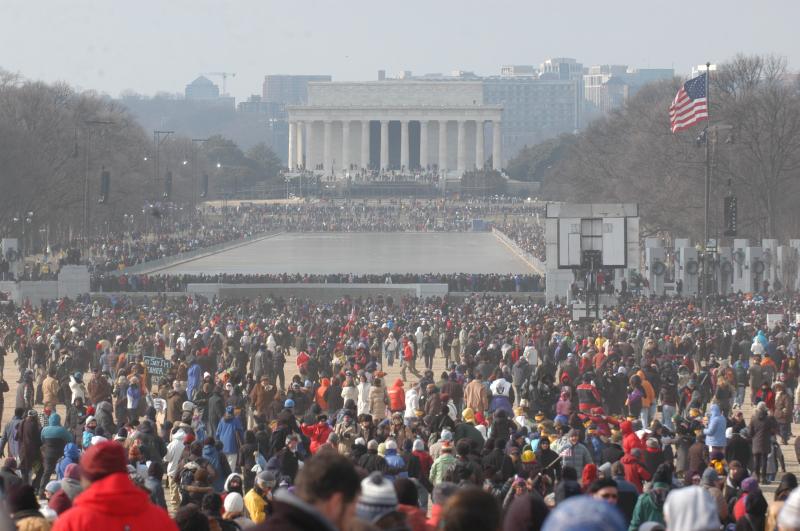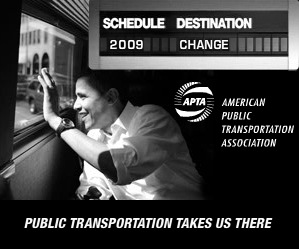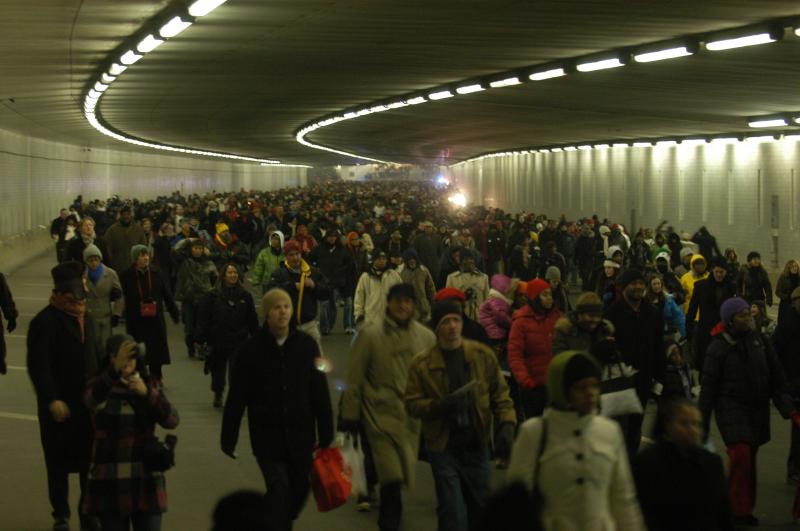 UPDATE: Look for a list of amendments on the docket at the bottom.
UPDATE: Look for a list of amendments on the docket at the bottom.
Obviously, things are moving very fast in the Senate today. Here is a summary of a mix of rumor and fact as of 1 p.m. EST if you’d like to follow more closely:
- The Inhofe amendment — to take unspent stimulus funds after one year and direct them to highways, water, and other infrastructure projects on lists submitted by states — was re-filed. But it was objected to by Finance Chair Baucus over a unanimous consent agreement. It’s not completely dead yet, as some outlets have claimed. It still could potentially resurface. Baucus has now asked all Senators to refrain from offering any more amendments.
- Votes on amendments are scheduled to begin around 1 pm. (They’ve begun voting on amendments now.)
- A bipartisan group of senators continues to work on an agreement to reduce spending levels by approximately $107 billion, according to C-SPAN. The $5.5 billion in competitive grants for transportation could be on the chopping block. The appropriators are working on recommendations from Collins/Nelson/McCain and others.
- Majority Leader Sen. Reid will likely make the procedural call to end debate and move to a vote this evening. According to the New York Times, if the compromise on spending cuts have not been reached, he could move on Sunday, with the vote coming Monday.
- All of this could change at any point. Check back here, or follow us on Twitter for more updated information.
According to the Senate Majority Leader’s calendar, the previously failed Murray/Feinstein amendment to raise infrastructure spending (roads and transit both) is still due to be considered today. Though Sen. Bond’s two amendments to move high speed rail and competitive grant money to highways are not listed on this calendar, they could still be alive however, so take action and write your Senator if you have not already.
1 p.m.: Voting has ended on first four amendments, none of which concerned transportation. General debate is underway now. After debate, “the Senate will consider the following amendments. They will be considered in rotating fashion going back and forth to each side.”
Conrad-Graham #501 (strikes funding/foreclosure prevention)
Dodd #145 (foreclosure mitigation);
Cantwell #274 (Energy), with a modification which is at the desk
Feingold #485 (Energy conservation);
Grassley #297 (FMAP);
Enzi #293(Health IT);
Vitter #107(ACORN);
Bunning #531 (Business Credits);
Wyden #468 (Bonuses); and
Thune #538 (Tax Rebate)
As you can see, there is no mention (YET) of the Murray/Feinstein, Bond, or Inhofe amendments. Infrastucturist passed on a quote from an Inhofe’s staffer about his $30 billion amendment: “Senator Inhofe intends to bring it up, and we think there may be a good opportunity to do so today.”
We’ll keep this updated through the afternoon as the bill progresses.
Photo from Wikimedia Commons










